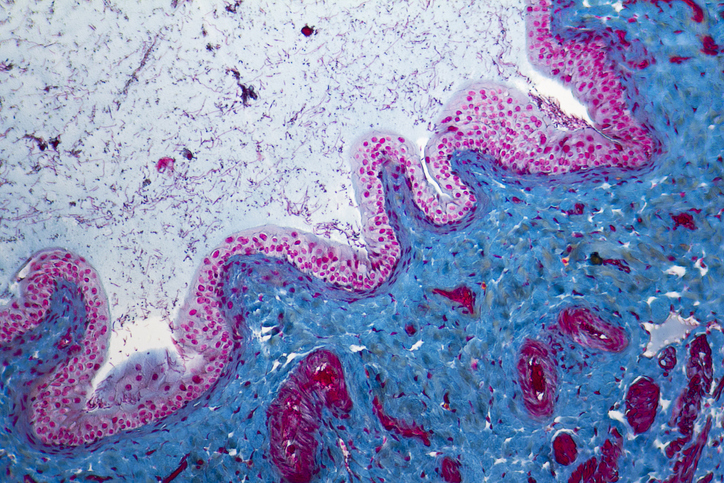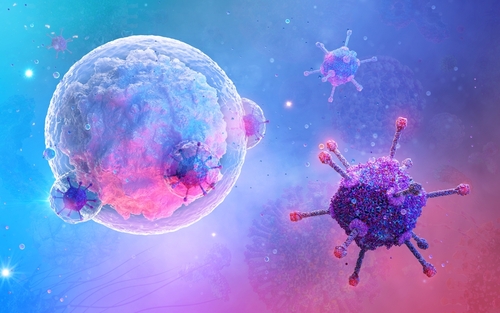
Even when clinicians follow current European League Against Rheumatism (EULAR) management recommendations, patients suffering from difficult-to-treat rheumatoid arthritis (RA) remain symptomatic. In a study published in Annals of the Rheumatic Diseases, researchers aim to identify the characteristics of difficult-to-treat RA management, as well as management strategies that are not covered by current management recommendations.
What is a difficult-to-treat rheumatoid arthritis?#rheumatoidarthritishttps://t.co/maRB2bGc7v pic.twitter.com/49lCHjvrJ0
— Annals of the Rheumatic Diseases (@ARD_BMJ) September 11, 2018
Researchers sent out an international study with multiple choice answers to rheumatologists. In the survey, rheumatologists were asked what the characteristics were of difficult-to-treat RA. Rheumatologists were also about to provide what they felt was missing in current management of difficult-to-treat RA.
https://twitter.com/ALGaffoRheumMD/status/1039753514212315136
In a difficult-to-treat #rheumatoid #arthritis survey
➡️50% chose DAS28>3.2 or presence of signs suggestive of active disease
➡️DMARD failure & inability to taper glucocorticoids considered main characteristics👉🏽https://t.co/emU7fXDaqj
via @ARD_BMJ#rheumatoidarthritis pic.twitter.com/vbYVelVJLh— Dr Ai Lyn Tan (@DrAiLynTan) September 12, 2018
Results showed that 410 respondents completed the survey. According to the survey results, 50% selected disease activity score assessing 28 joints >3.2 OR presence of signs suggestive of active disease as characteristics of difficult-to-treat RA; 42% selected fatigue; 48% selected failure to ≥2 conventional synthetic disease-modifying antirheumatic drugs (DMARDs) AND ≥2 biological/targeted synthetic DMARDs.
“There is wide variation in concepts of difficult-to-treat RA,” the researchers concluded. “Several important issues regarding these patients are not addressed by current EULAR recommendations.”
Check out an article on researchers attempting to find an easy-to-measure biomarker for the IFN signature.
SOURCE: Annals of the Rheumatic Diseases







 © 2025 Mashup Media, LLC, a Formedics Property. All Rights Reserved.
© 2025 Mashup Media, LLC, a Formedics Property. All Rights Reserved.